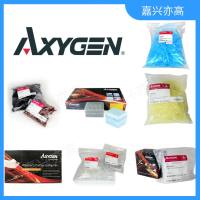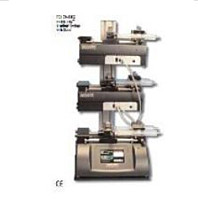Drug Delivery Systems: Skin Perturbation Devices
互联网
730
Human skin serves a protective function by imposing physicochemical limitations to the type of permeant that can traverse the barrier. For a drug to be delivered passively via the skin it needs to have a suitable lipophilicity and a molecular weight < 500 Da. The number of commercially available products based on transdermal or dermal delivery has been limited by these requirements. In recent years various passive and active strategies have emerged to optimize delivery. The passive approach entails the optimization of formulation or drug carrying vehicle to increase skin permeability. However, passive methods do not greatly improve the permeation of drugs with molecular weights >500 Da. In contrast, active methods, normally involving physical or mechanical methods of enhancing delivery, have been shown to be generally superior. The delivery of drugs of differing lipophilicity and molecular weight, including proteins, peptides and oligonucletides, has been shown to be improved by active methods such as iontophoresis, electroporation, mechanical perturbation and other energy-related techniques such as ultrasound and needleless injection. This chapter details one practical example of an active skin abrasion device to demonstrate the success of such active methods. The in vitro permeation of acyclovir through human epidermal membrane using a rotating brush abrasion device was compared with acyclovir delivery using iontophoresis. It was found that application of brush treatment for 10 s at a pressure of 300 N m−2 was comparable to 10 min of iontophoresis. The observed enhancement of permeability observed using the rotating brush was a result of disruption of the cells of the stratum corneum, causing a reduction of the barrier function of the skin. However, for these novel delivery methods to succeed and compete with those already on the market, the prime issues that require consideration include device design and safety, efficacy, ease of handling, and cost-effectiveness. This chapter provides a detailed review of the next generation of active delivery technologies.









